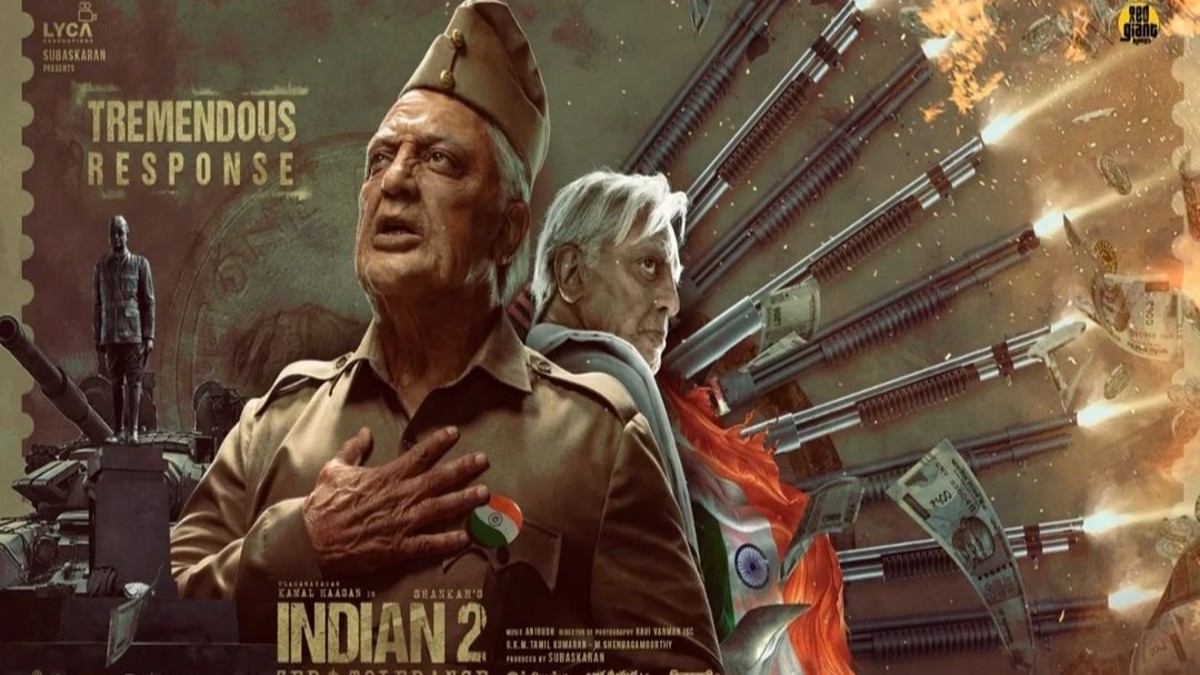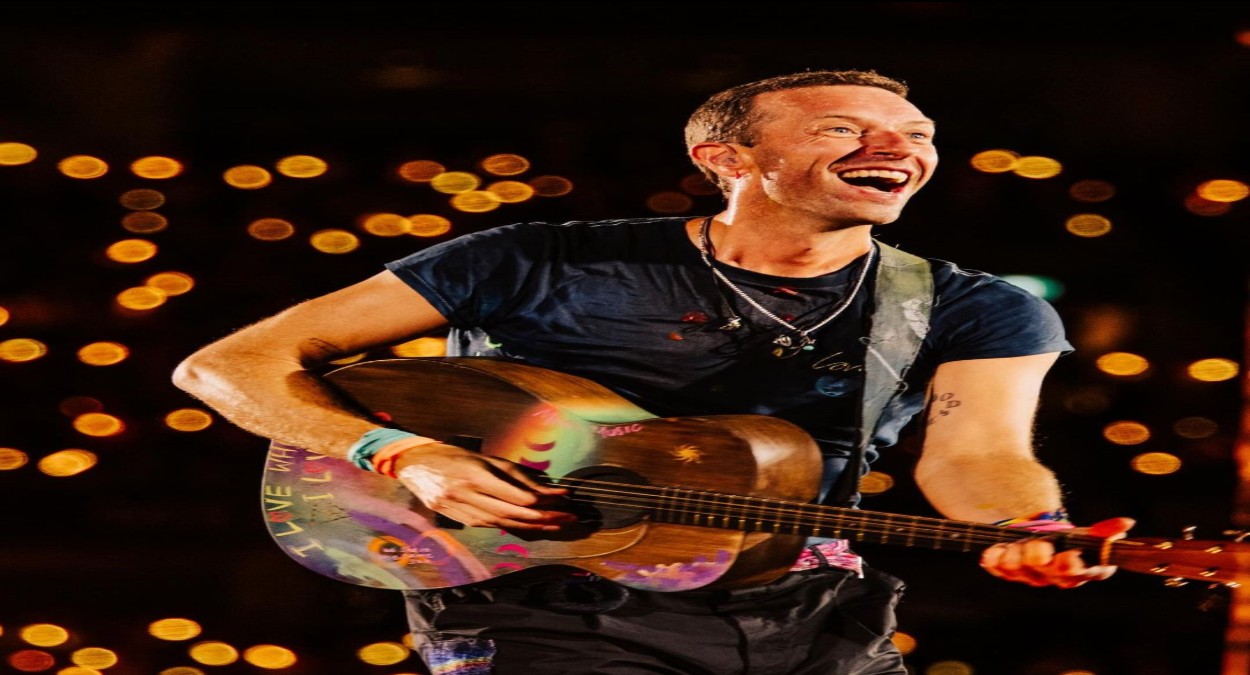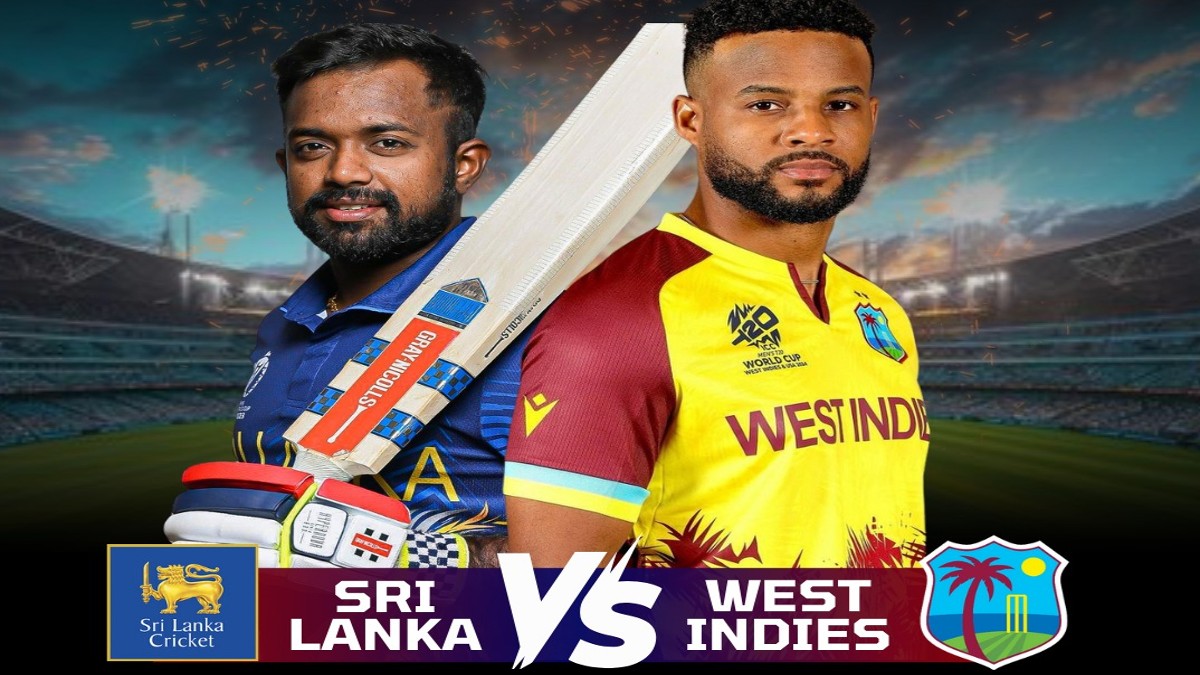
Indian 2 Introduction
Indian 2, “Hindustani 2,” directed by the renowned filmmaker S. Shankar, is a sequel to the 1996 blockbuster “Indian” (also known as “Hindustani” in Hindi). The original film, starring Kamal Haasan, was a monumental success, both critically and commercially, and left an indelible mark on Indian cinema with its unique storyline, compelling performances, and social commentary.
The sequel arrives with significant expectations, aiming to build on its predecessor’s legacy while addressing contemporary issues.
Plot Overview: Indian 2
The film picks up several years after the events of “Indian.” The story revolves around Senapathy (Kamal Haasan), the freedom fighter-turned-vigilante who fought against corruption in the original film. Now older but still driven by his uncompromising principles, Senapathy returns to fight a new breed of corruption that has infiltrated every aspect of modern society. The plot weaves through various layers of political intrigue, corporate malfeasance, and social injustice, highlighting the enduring relevance of Senapathy’s mission.
Themes and Social Commentary: Indian 2
“Hindustani 2” continues the tradition of its predecessor by tackling pressing social issues. The film delves into themes such as the pervasive nature of corruption, the moral decay of society, and the individual’s responsibility towards the nation. Shankar masterfully intertwines these themes with the personal struggles of the characters, creating a narrative that is both thought-provoking and emotionally resonant.
One of the film’s core themes is the generational conflict between the old guard, represented by Senapathy, and the younger generation, embodied by his son Chandru (also played by Kamal Haasan in a dual role). This dynamic is central to the film’s exploration of how values and ideals evolve over time and the tensions that arise when different generations confront each other’s beliefs and methods.
Characters and Performances: Indian 2
Kamal Haasan delivers a tour de force performance, seamlessly transitioning between the roles of the aged, principled Senapathy and his modern, morally ambiguous son Chandru. His portrayal of Senapathy is particularly noteworthy, capturing the character’s physical and emotional struggles as he wages his solitary battle against a corrupt system. Haasan’s nuanced performance is a testament to his versatility and commitment as an actor.
The supporting cast also deserves commendation. Kajal Aggarwal plays an investigative journalist who becomes an ally in Senapathy’s quest, bringing depth and determination to her character. Siddharth and Rakul Preet Singh play pivotal roles as members of a new generation caught in the crossfire of the fight against corruption. Their performances add layers to the narrative, illustrating the complexities of moral choices in a corrupt society.
Direction and Screenplay
Director S. Shankar’s vision is evident in every frame of “Hindustani 2.” Known for his grand cinematic style and socially relevant storytelling, Shankar has crafted a film that is both visually stunning and intellectually stimulating. The screenplay, co-written by Shankar and Kabilan Vairamuthu, balances high-octane action sequences with moments of introspection, ensuring that the narrative remains engaging throughout its runtime.
The film’s pacing is well-structured, with each act building towards a climactic confrontation. Shankar’s direction ensures that the various plot threads are interwoven seamlessly, creating a cohesive story that keeps the audience invested in the characters’ journeys.
Cinematography and Visual Effects
The cinematography by Ravi Varman is one of the highlights of “Hindustani 2.” The film features breathtaking visuals, from the lush landscapes of rural India to the gritty, urban settings where much of the action unfolds. Varman’s use of lighting and composition enhances the film’s emotional tone, creating a visually immersive experience.
The visual effects are another standout aspect. Shankar, known for his penchant for grand visuals, has employed state-of-the-art technology to create spectacular action sequences and realistic depictions of futuristic gadgets and environments. The film’s climax, in particular, features a stunning blend of practical effects and CGI, delivering a memorable and impactful conclusion.
Music and Soundtrack
The soundtrack, composed by A. R. Rahman, is both evocative and powerful. Rahman’s score complements the film’s narrative, enhancing key emotional moments and action sequences. The songs, though fewer in number compared to typical Indian films, are placed strategically to advance the story and provide deeper insights into the characters’ inner lives.
The background score deserves special mention for its ability to heighten tension and drama without overshadowing the on-screen action. Rahman’s collaboration with Shankar has once again resulted in a musical experience that is integral to the film’s overall impact.
Cultural and Political Context
“Hindustani 2” is deeply rooted in the cultural and political landscape of contemporary India. The film’s critique of corruption and its portrayal of the struggle for justice resonate with ongoing societal debates. Shankar uses the narrative to comment on real-world issues such as bureaucratic inefficiency, corporate greed, and the erosion of ethical values in public life.
The film also addresses the notion of patriotism and the responsibilities of citizenship. Senapathy’s character embodies a form of patriotism that is active and uncompromising, contrasting with the passive acceptance of corruption by many around him. This juxtaposition serves as a call to action for the audience, urging them to reflect on their own roles in society.
Comparison with the Original
Comparisons between “Hindustani 2” and its predecessor are inevitable. While the original “Indian” was groundbreaking in its approach to tackling corruption, the sequel expands on these themes with a more contemporary focus. The advancements in technology and changes in societal dynamics over the past two decades are woven into the narrative, making the film relevant to a new generation of viewers.
Kamal Haasan’s dual roles in both films offer an interesting continuity, showcasing the evolution of his characters over time. The sequel maintains the essence of the original while introducing fresh elements that enhance the story’s depth and complexity.
Critique and Analysis
Despite its many strengths, “Hindustani 2” is not without its flaws. Some critics have pointed out that the film’s ambitious scope sometimes leads to a convoluted plot, with certain subplots feeling underdeveloped. Additionally, the film’s length could have been trimmed to maintain a tighter narrative.
However, these shortcomings are overshadowed by the film’s overall impact. The strong performances, compelling themes, and visual grandeur make “Hindustani 2” a worthy successor to the original. Shankar’s ability to blend social commentary with entertainment ensures that the film resonates with a wide audience.
Conclusion
“Hindustani 2” is a powerful and thought-provoking film that builds on the legacy of its predecessor while addressing contemporary issues with urgency and relevance. Kamal Haasan’s stellar performance, combined with Shankar’s visionary direction and A. R. Rahman’s evocative music, creates a cinematic experience that is both entertaining and enlightening.
The film’s exploration of corruption, justice, and the individual’s role in society is particularly pertinent in today’s world. “Hindustani 2” not only entertains but also challenges viewers to reflect on their own values and actions. It is a testament to the enduring power of cinema to inspire change and provoke thought.
In summary, “Hindustani 2” is a must-watch for fans of the original film and anyone interested in socially relevant storytelling. It stands as a significant achievement in Indian cinema, blending action, drama, and social commentary in a way that is both impactful and engaging.





